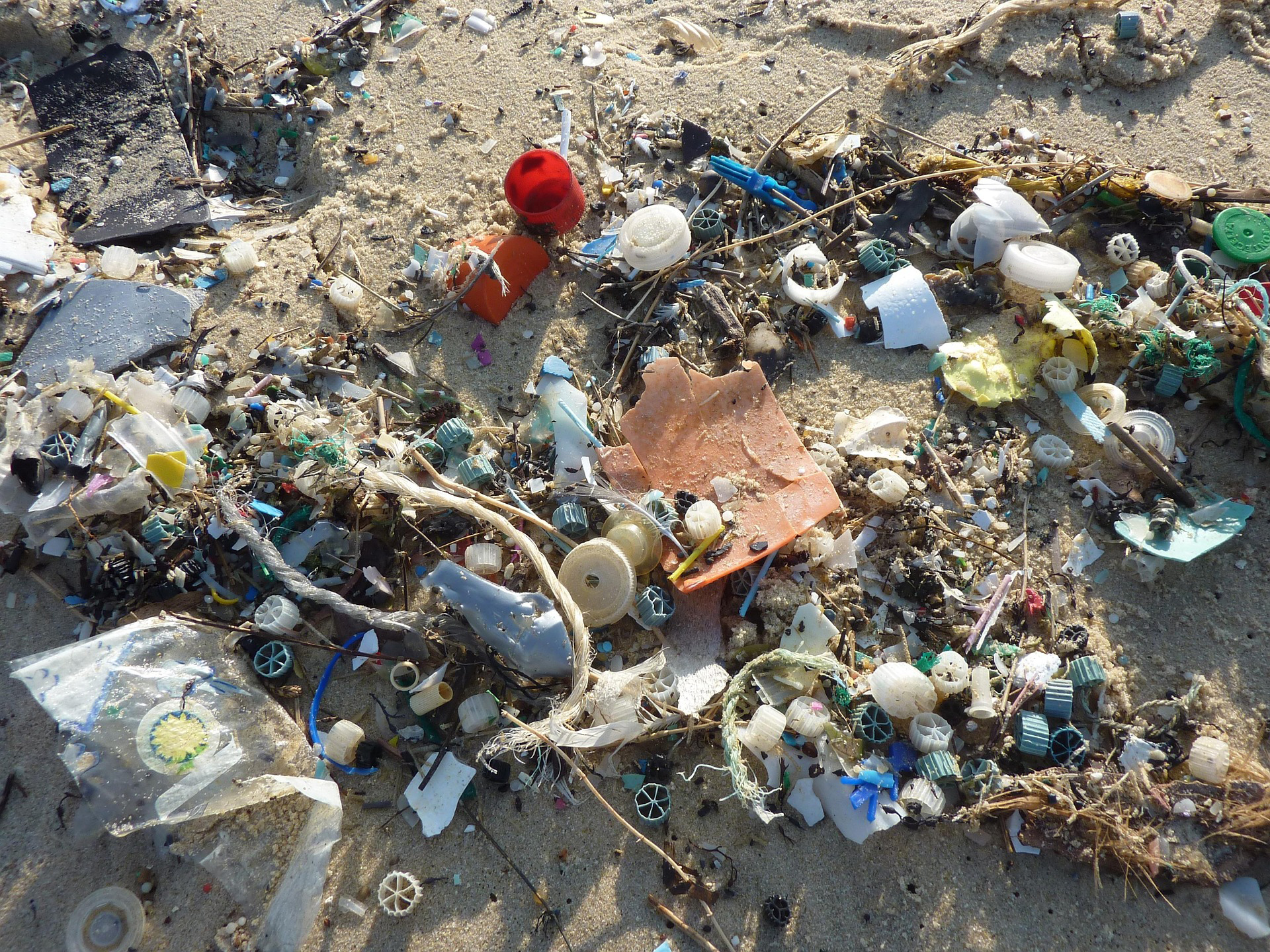In partnership with governmental and non-governmental agencies, UConn scientists from the Center for Environmental Sciences & Engineering, Christopher Perkins and Michael Willig, have secured financial support from the Long Island Sound Futures Fund to study microplastics along Connecticut’s coast. UConn has also provided funding in support of the project.
Plastics are now well recognized as pervasive pollutants of freshwater and marine systems throughout the world. They enter aquatic ecosystems from degraded fishing nets, plastic bottles, industrial materials, exfoliants, cleaning abrasives, and clothing. They are dispersed via ocean currents to even the most remote areas of the world where they negatively impact wildlife and fisheries.
Just as a bottle eventually is reduced to sea glass, over time these plastics become microplastics due to ultraviolet radiation and abrasion during transport. Ranging in size from a few millimeters to within the range of nanoparticles, many of the microplastics are virtually invisible. They are considered pollutants in their own right and can cause harm to animals who ingest them by blocking the digestive tracts and producing ulcers.
Although Long Island Sound is a preeminent urban estuary with watersheds that support over 9 million people, experts still know very little about the sources, transport, and fate of microplastics, or the extent to which they concentrate contaminants.
Once the warmer weather returns, the researchers will obtain samples from waste water treatment plants and streams, as well as from near shore water, sediments, and oysters at four mixed use embayments in Greenwich Harbor, Stamford Harbor, Scott Cove in Darien, and West Haven Harbor. The work will include categorizing the microplastics based on size, shape, and type, and screening and quantifying the presence and concentrations of as suite of contaminants. The list of contaminants includes heavy metals like mercury and lead, as well as pesticides, and PCBs, among others.
The research team plans to use these data to inform predictive models about fate and possible effects of microplastics and their contaminants in marine ecosystems. Those findings will also be used to provide information in support of a microplastics monitoring system for Long Island Sound.
“Because of their small size, large surface-to-volume ratio, and the fact they are hydrophobic, microplastics adsorb and concentrate other chemical contaminants like the ones screened in our study,” explains Michael Willig, director of the Center for Environmental Science & Engineering and professor of ecology and evolutionary biology. “These attributes mean microplastics could potentially magnify exposure of various wildlife species and those fishing these waters to contaminants, with possibly significant effects on humans and top predators.”
Engagement is a priority of the project, and the team will provide considerable outreach to the public, including secondary school students and their teachers, as well as to governmental agencies and stakeholder groups.
Partners on this project include the UConn research team, the Greenwich Shellfish Commission, the Greenwich Conservation Commission, the Connecticut Department of Agriculture, the Maritime Aquarium at Norwalk, and Save the Sound.



